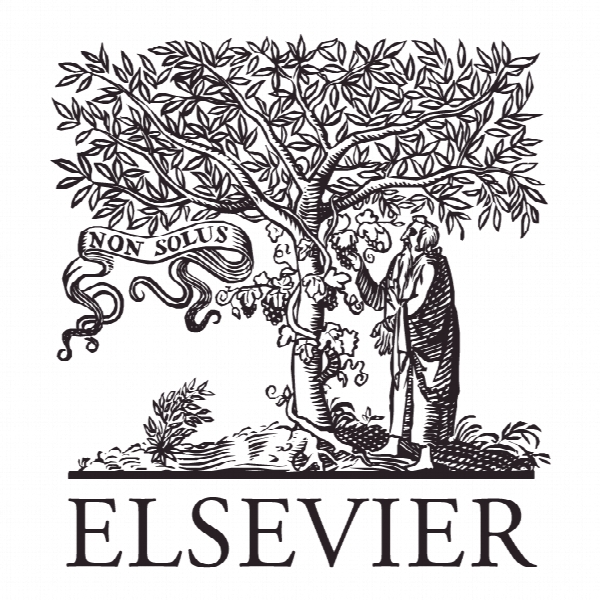پیش بینی ورشکستگی در بخش کشاورزی Bankruptcy prediction in the agribusiness sector: Lessons from quantitative and qualitative approaches
- نوع فایل : کتاب
- زبان : انگلیسی
- ناشر : Elsevier
- چاپ و سال / کشور: 2018
توضیحات
رشته های مرتبط اقتصاد، مهندسی کشاورزی
گرایش های مرتبط اقتصاد مالی، اقتصاد تولید و مدیریت واحدهای کشاورزی، اقتصاد کشاورزی
مجله تحقیقات تجارت – Journal of Business Research
دانشگاه Warsaw University of Life Sciences – Department of Finance – Poland
منتشر شده در نشریه الزویر
کلمات کلیدی انگلیسی fsQCA, Complexity theory, Asymmetric thinking, Bankruptcy prediction models, Agribusiness
گرایش های مرتبط اقتصاد مالی، اقتصاد تولید و مدیریت واحدهای کشاورزی، اقتصاد کشاورزی
مجله تحقیقات تجارت – Journal of Business Research
دانشگاه Warsaw University of Life Sciences – Department of Finance – Poland
منتشر شده در نشریه الزویر
کلمات کلیدی انگلیسی fsQCA, Complexity theory, Asymmetric thinking, Bankruptcy prediction models, Agribusiness
Description
1. Introduction The negative consequences of the global economic crisis that affected economies in various countries to different extents highlighted the essential role of bankruptcy prediction. To better understand the financial crisis, Hausman and Johnston (2014) presented its anatomy and the timeline of major events, drawing attention to important conditions and factors leading to the financial collapse. The change of the external conditions deteriorated the condition of the Polish economy as well. However, Poland was one of the few EU countries that achieved a gross domestic product increase over that period, while, for other EU members, the reverse was found to be true (World Economic Outlook, 2010). One of the negative consequences of the crisis is enterprise bankruptcy. While the bankruptcy of individual companies is, in fact, a positive mechanism for the elimination of unprofitable entities, if it takes the form of a “knock-on effect,” it may significantly upset economic equilibrium. As a rule, bankruptcy is a long-term process, wherein first symptoms surface a few months or even a few years before the entity has the premises to file for bankruptcy. One of the visible symptoms of oncoming bankruptcy is the deteriorating financial condition of an enterprise. Zorn, Norman, Butler, and Bhussar (2017) built on the resource-based view to suggest that valuable resources can reduce the likelihood of downsizing, leading to bankruptcy. Their study suggests that downsizing firms are significantly more likely to declare bankruptcy than those that do not engage in downsizing, and intangible resources help mitigate this likelihood. However, the authors do not find support for the role of physical and financial resources in preventing bankruptcy (Zorn et al., 2017). For top managers, James (2016, p. 498) suggested that strategically filing for bankruptcy can help firms preserve value and long-term viability. By renegotiating unprofitable contracts with key stakeholders, they can implement strategic changes that facilitate sustainable performance improvements. The findings suggest that declining firms might benefit from strategic bankruptcy when they have more intangible assets (James, 2016, p. 498). Over the past three decades, liquidation, discontinuance, and bankruptcy studies have presented approaches to describe organizational failure and its consequences (Amankwah-Amoah, 2016; Evans & Borders, 2014).


